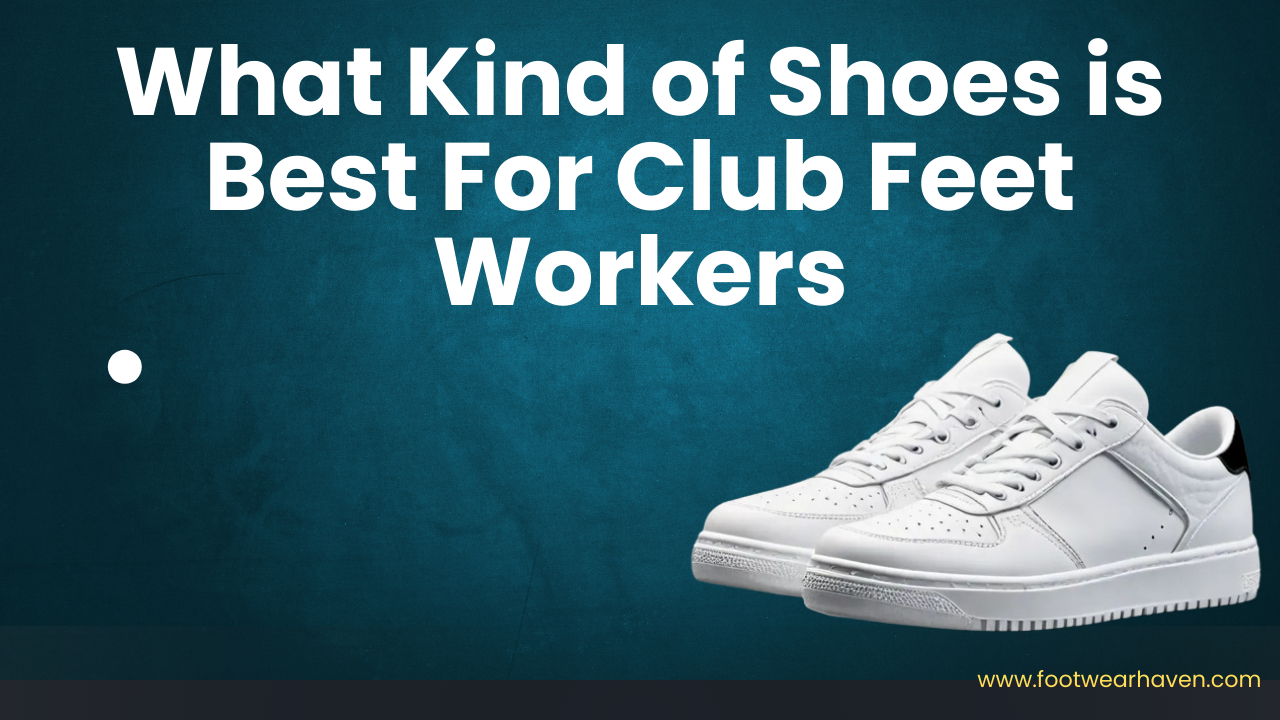Minimalist or barefoot shoes are designed to mimic the experience of walking or running barefoot, encouraging natural foot movement and activating foot muscles. These shoes feature thin, flexible soles for ground feedback, a wide toe box for natural toe splay, and minimal arch support or cushioning. Popular among individuals seeking a grounded and natural movement style, barefoot shoes are praised for promoting a more natural gait, strengthening foot muscles, and improving overall posture.
Table of Contents
ToggleDesign of Barefoot Shoes
Barefoot shoes provide minimal protection while replicating the sensation of walking or running barefoot. Key design elements include:
Thin Soles
The ultra-thin, flexible soles of barefoot shoes, usually 3–10 mm thick, allow for natural movement and sensory feedback from the ground while protecting your feet from sharp objects. This thin design enhances balance and activates foot muscles for improved strength.
Broad Toe Box
Barefoot shoes feature a wide toe box that allows toes to spread naturally. This design mirrors how toes splay when walking barefoot, promoting better stability and balance.
Minimal Arch Support and Cushioning
These shoes provide little to no arch support or cushioning, allowing the foot’s natural arch to function effectively. This helps strengthen foot muscles and improves alignment over time.
Lightweight Materials
Barefoot shoes are made from lightweight, flexible materials that conform to the shape of the foot, making them feel almost weightless. Breathable fabrics are often used to enhance comfort and prevent overheating during wear.
Advantages of Barefoot Shoes
Wearing barefoot shoes offers a range of benefits that enhance foot health and overall body mechanics. These include:
Strengthened Foot Muscles
With minimal artificial support, barefoot shoes force your foot muscles to work harder, gradually strengthening them. This natural support can reduce the risk of foot conditions like plantar fasciitis.
Stronger Balance and Stability
The wide toe box and thin sole improve proprioception, the body’s awareness of position and movement. By increasing sensory feedback, barefoot shoes help improve balance and stability, especially on uneven surfaces.
Improved Posture and Body Alignment
Barefoot shoes encourage a neutral, balanced stance without the elevation of a heel. This leads to better posture and reduces stress on the knees, hips, and lower back.
Decreased Injury Risk
By promoting a midfoot or forefoot strike, barefoot shoes reduce stress on the knees and joints, lowering the risk of repetitive stress injuries common with heel-striking in traditional shoes.
Natural Gait and Greater Flexibility
The flexibility and range of motion offered by barefoot shoes promote a more natural walking pattern, reducing the chances of muscle weakness or stiffness.
Improved Foot Health and Circulation
The absence of tight, restrictive footwear enhances blood flow and circulation, promoting healthier feet and reducing the likelihood of issues like bunions or hammertoes.
Understanding the Lifespan of Barefoot Shoes
The durability of barefoot shoes is influenced by factors such as material quality, frequency of use, and maintenance habits. On average, barefoot shoes need replacement every 300 to 500 miles. Here’s what to consider:
Material Quality
Barefoot shoes are typically constructed from lightweight, flexible materials that enhance natural foot movement but may wear out faster than traditional shoes. If you notice visible wear or deterioration, it may be time for a new pair.
Usage Frequency
How often you wear your barefoot shoes will impact their longevity. Daily use for activities like walking, running, or casual wear will wear them down more quickly than occasional use. Regularly check their condition to assess when they need replacement.
Activity Level
High-impact activities like running on rough terrain will increase the wear and tear on your shoes. Keep an eye on signs of damage, such as uneven tread wear or reduced support, and replace them as needed.
Footwear Maintenance
Proper care can extend the life of your barefoot shoes. Store them in a cool, dry place, and clean them regularly according to the manufacturer’s instructions. Regular maintenance can prevent early deterioration.
Signs of Wear and Tear
Be on the lookout for the following signs that it’s time to replace your barefoot shoes:
- Outsole Damage: Look for worn-out treads or uneven areas that could affect traction and grip.
- Upper Material Damage: Check for fraying, holes, or separation in the upper part of the shoe.
- Reduced Cushioning and Support: If your shoes feel less comfortable or supportive, they may have lost their original structure.
- Persistent Odors: Lingering smells or hygiene issues, especially with frequent use, can also be a sign it’s time to change your shoes.
Final Words
Barefoot shoes offer a natural, grounded experience that strengthens foot muscles, improves alignment, and enhances balance. With their thin sole, wide toe box, and minimalist design, they provide unique benefits over traditional footwear by promoting a healthier, more natural approach to walking and running. If you still have questions, feel free to contact us for more information!





